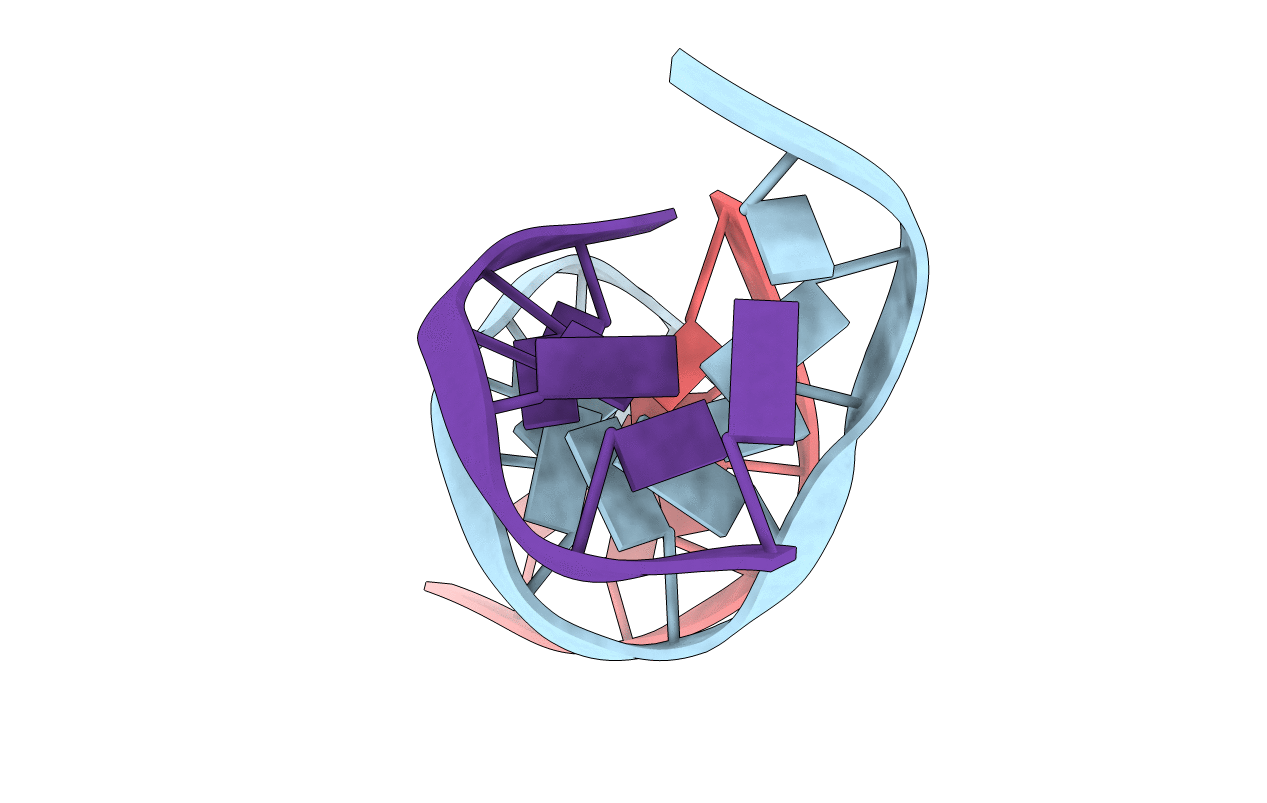
Deposition Date
1990-05-21
Release Date
2011-07-13
Last Version Date
2023-12-27
Method Details:
Experimental Method:
Resolution:
3.00 Å
R-Value Observed:
0.18
Space Group:
P 21 21 21


